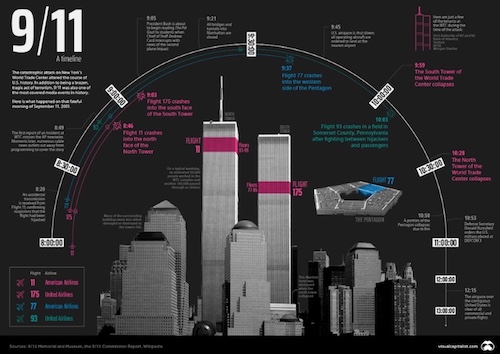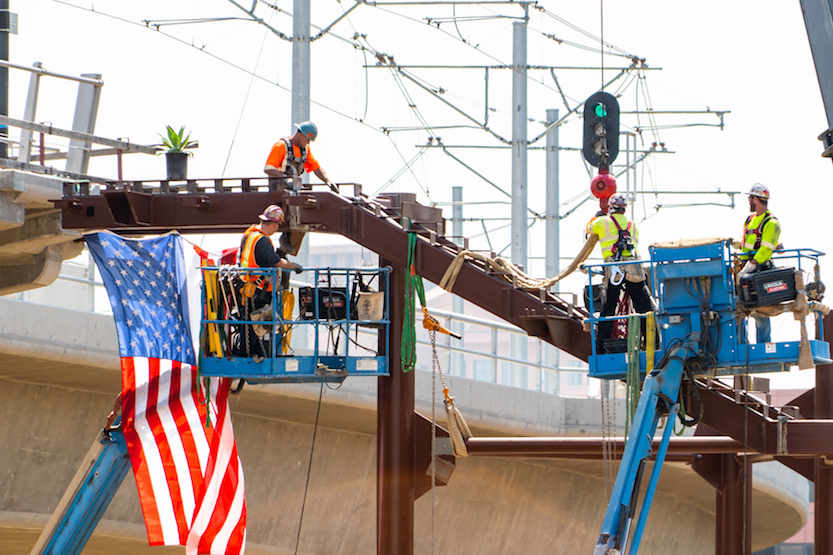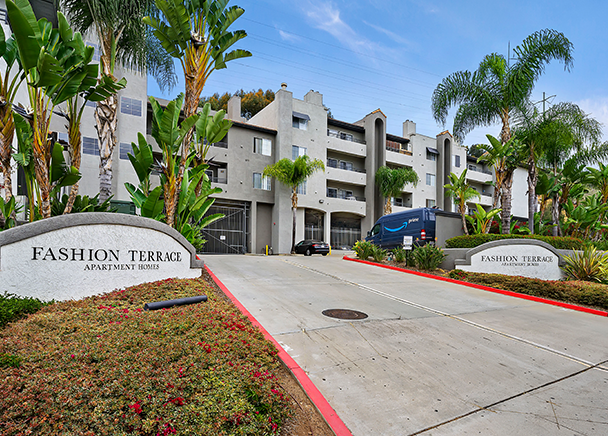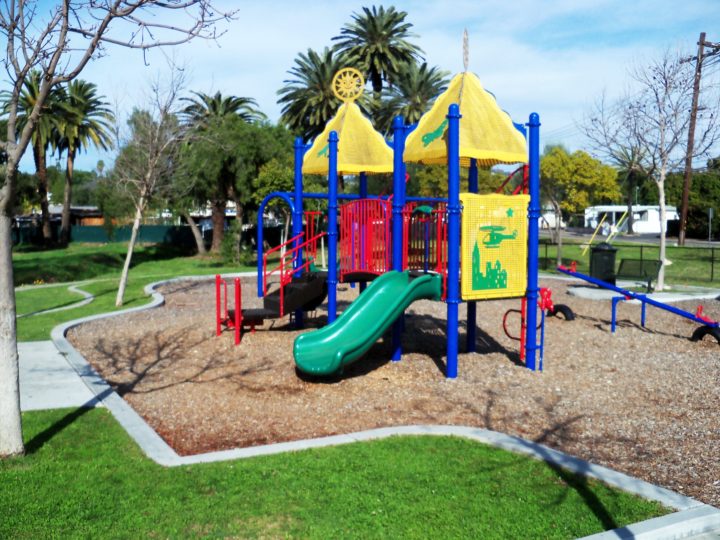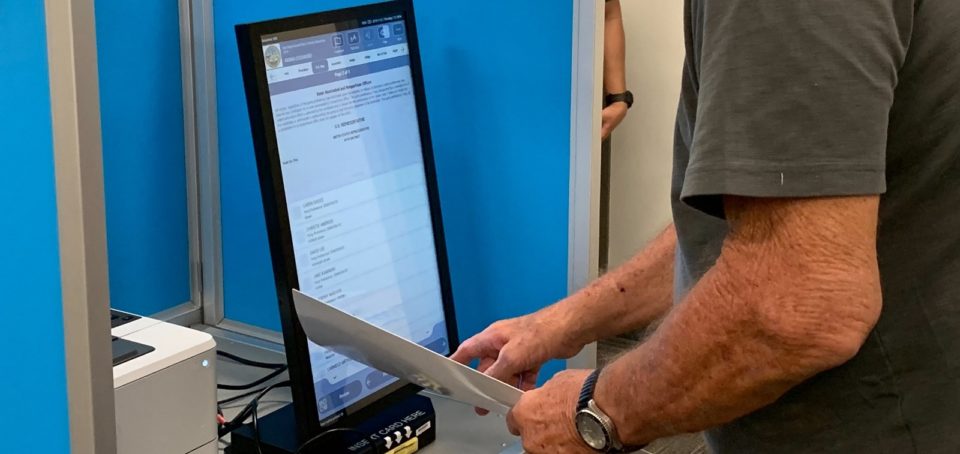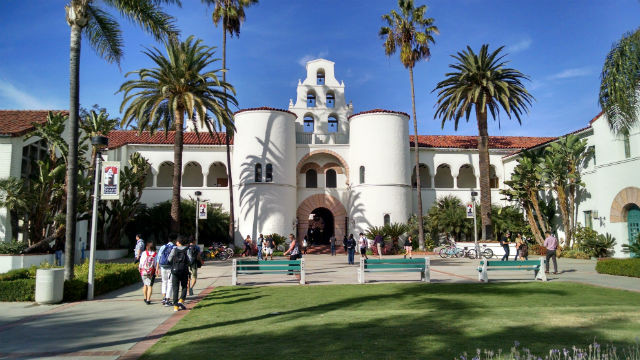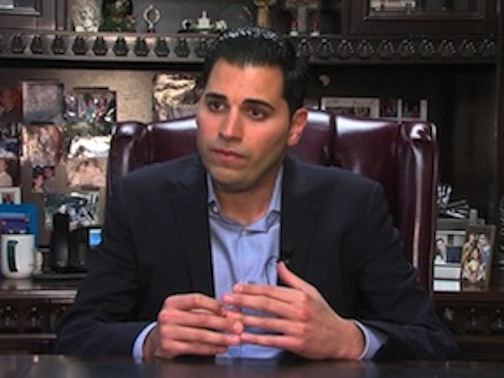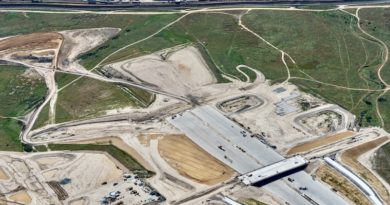Daily Business Report: Friday, Sept. 10, 2021
9/11 Timeline: Three Hours That Changed Everything
By Nick Routley | Visual Capitalist
For Americans and people watching around the world, September 11, 2001, is a day that will never be forgotten.
Within three hours, New York’s tallest buildings were reduced to rubble, and the Pentagon—the nerve center of the American armed forces—was burning and partially collapsed. Thousands of civilians had lost their lives and were seriously injured, and the entire country was in collective shock, still trying to make sense of how a coordinated act of terrorism of that magnitude was allowed to take place on American soil.
In the 20 years since 9/11, the events that occurred that morning have been analyzed in-depth from a thousand different angles. Even though the attacks took place in the era just before mobile phones had viable cameras, there are countless images and videos of the event. As well, we now have the 9/11 Commission Report, which compiles interviews from over 1,200 people in 10 countries, and draws upon two and a half million pages of documents to present its findings.
For many people younger than Generation X, 9/11 is a feeling—a grim milestone from their youth—but the details are likely more fuzzy. The timeline visualization above is a high-level record of what happened that morning during the three hours when everything changed.
View the full-size version of the infographic
SANDAG installs final steel structure
for Mid-Coast Trolley extension
SANDAG reached a new construction milestone for the Mid-Coast Extension of the UC San Diego Blue Line Trolley on Wednesday. Crews installed the final steel structure for the project, moving the project one step closer to its final completion.
SANDAG installed the final steel structure at the UC San Diego Central Campus Trolley Station, completing a pedestrian stairway that will provide UC San Diego students, staff, and visitors with access to the Trolley.
Steel is critical to the Trolley structure as well as the stairways and elevators at the station platforms. Since construction for the Trolley began in fall 2016, crews have installed approximately 2.5 million pounds of steel. Each of the fourteen elevator towers along the project includes between 20,000-35,000 pounds of steel.
The Mid-Coast project will extend UC San Diego Blue Line service – operated by MTS — from Downtown San Diego north to the University Community, serving major activity centers such as Mission Bay Park, the VA Medical Center, UC San Diego, and University Towne Centre. The 11-mile extension will expand the MTS Trolley system to provide a one-seat ride from the U.S./Mexico Border to the University Community, with service to several communities in between.
73-unit boutique apartment project
in Mission Valley sells for $32.6 million
Fashion Terrace, a 73-unit boutique apartment community in the Mission Valley area of San Diego, has been sold to Canada-based MHA Group for $32.6 million.
Fashion Terrace is located 6888 Friars Road and features well-designed floor plans with washer/dryers, fireplaces and nine-foot ceilings. The property is situated to the west of Highway 163 and offers freeway access to Interstates 8 and 805. Additionally, the property is walking distance from the Fashion Valley Transit stop for the Green line of the San Diego Trolley.
Kevin Mulhern and Allen Chitayat of CBRE represented the seller, an entity controlled by Silicon Valley-based Acacia Capital, in the transaction. Scott Peterson, Bill Chiles, Brian Cruz and Colby Matzke of CBRE’s Capital Markets’ Debt & Structured Finance team arranged the acquisition loan on behalf MHA Group.
County grants available to improve
neighborhoods, communities
The county is now accepting proposals for grants to improve neighborhoods and communities in San Diego’s unincorporated area.
Funding for the projects comes from the U.S Department of Housing and Urban Development’s Community Development Block Grant (CDBG) program, which provides an annual grant to County Department of Housing and Community Development Services.
The purpose of the grant is to allow residents and nonprofits to submit projects that benefit low- to moderate-income residents if the project aligns with the county’s Consolidated Plan. Grant applications for the 2022-2023 CDBG awards are now open and will be accepted through Nov. 1, 2021 at 5 p.m.
For more information about the CDBG program and to access applications, please visit the CDBG page.
Scripps unveils hiring incentive program
as COVID-19 unemployment benefits expire
Last weekend, unemployment benefits expired for about 2 million Californians when four federally funded programs created in response to the economic effects of the COVID-19 pandemic ended in the state and across the United States.
And as some people in San Diego County head back into the job searching mode, Scripps Health has unveiled a new incentive program targeting that group.
The health system is offering incentive payments to candidates who accept job offers by Oct. 1 in environmental services and food and nutritional services at any Scripps location.
Scripps currently has nearly 80 job openings available in these areas that are eligible for the incentive payment, which comes in two installments – the first after 30 days of employment and the second after 6 months.
Scripps currently has nearly 80 job openings available in these areas that are eligible for the incentive payment, which comes in two installments – the first after 30 days of employment and the second after 6 months.
More information about these work opportunities and incentives is available online by visiting careers.scripps.org.
What’s new for in-person voters
in gubernatorial recall election Sept. 14
San Diego County voters who choose to cast their votes in person in the Sept. 14 Gubernatorial Recall Election will notice a few differences. Voting locations will be open Sept. 11 through Election Day.
Where to Vote
Voters won’t be tied or assigned to a specific voting location. That means any voter can find their ballot and cast their vote at any of the 221 in-person voting locations open across the county. Voters can find the most convenient voting location for them to cast their vote by checking the Registrar’s Voting Locations Finder map and typing in their address or location.
Casting your Vote
Everyone voting in person will cast their votes on touch-screen ballot marking devices that will print out a paper ballot with their choices that they can review before placing them in the official ballot box to be counted on election night.
The device prints out a ballot with the voters’ selections, but does not store, tabulate or count any votes.
The ballot marking devices, which the county has used in previous elections, are fully compliant with the Americans with Disabilities Act. In addition to English, voters can select a translated ballot in one of the County’s four federally covered languages: Spanish, Filipino, Vietnamese and Chinese.
County offers Small Business Stimulus grants
The Small Business Stimulus Grant Program is funded by the San Diego County Board of Supervisors allocated federal CARES Act funding and County General Fund. The grant provides economic assistance to help businesses and nonprofit entities impacted by COVID-19.
Financial assistance will be allocated to eligible, qualified small businesses and nonprofit entities with final award recommendations made by individual district offices based on the availability of funds, program guidelines, and the submission of all required information and supporting documentation. Applications are now open for eligible businesses, subject to the availability of funding.
Caltrans District 11 ‘Prepare for the Fair’ workshop
The Department of Transportation (Caltrans) Small Business Council promotes the effective implementation of federal and state requirements and assists businesses with issues relating to participation in Caltrans contracts.
Small businesses interested in submitting bids/quotes during this year’s Procurement Fair should attend the Sept. 15 workshop to ensure their certifications and requirements are in place before the event. The Small Business Council will focus specifically on Caltrans District 11 contracts which includes San Diego and Imperial counties.
City of San Marcos COVID-19
Community Grant Program
The City of San Marcos is debuting a $3 million COVID-19 Nonprofit Community Grant Program, aimed at helping essential nonprofits that serve San Marcos residents who have been disproportionately impacted by the pandemic.
Eligibility to Qualify:
• Be a tax-exempt charitable organization in good standing, as described in Section 501(c)(3) of the Internal Revenue Code
• Focus all or in part on benefiting the lives of San Marcos residents. Applicants will be required to indicate the number of San Marcos residents you intend to serve on the funding application and report participant ZIP codes, should funding be awarded
Priority will be given to projects in which participants are economically disadvantaged per HUD’s Qualified Census Tract. However, recipients may also provide these services to other populations, households, or geographic areas disproportionately impacted by the pandemic.
City of Carlsbad Small Business Loan
The Carlsbad City Council approved revisions and the extension of terms for its COVID-19 small business loan program, allowing more businesses to access financial assistance when they need it most and to further support loan recipients who have ongoing impacts from state and county health orders.
Carlsbad businesses can apply for one or both types of loans outlined in the city’s $5 million economic recovery and revitalization initiative including:
• Micro-loans — $5,000 to $10,000.
• Small business recovery loans — $10,000 to $50,000.
COVID-19 Economic Injury Disaster Loan
In response to COVID-19, small business owners, including agricultural businesses, and nonprofit organizations in all U.S. states, Washington D.C., and territories can apply for the COVID-19 Economic Injury Disaster Loan (EIDL). The purpose of this loan is to meet financial obligations and operating expenses that could have been met had the disaster not occurred.
Use of proceeds is intended for working capital and normal operating expenses, such as the continuation of health care benefits, rent, utilities, fixed debt payments. For loans approved starting the week of April 6, 2021: 24-months of economic injury with a maximum loan amount of $500,000.
California Competes Tax Credit Program
The California Competes Tax Credit (CCTC) is an income tax credit available to businesses that want to locate in California or stay and grow in California. Businesses of any industry, size, or location compete for over $180 million available in tax credits by applying in one of the three application periods each year.
For fiscal year 2021-2022, GO-Biz will accept applications for the California Competes Tax Credit during the following periods:
• January 3, 2022 – January 24, 2022
• March 7, 2022 – March 28, 2022
Prior to each application period, GO-Biz hosts online webinars about the California Competes Tax Credit program. All businesses are encouraged to participate and view the GoBiz webinars to receive instructions on how to apply. SDNEDC can also assist with applications and connecting North County businesses with the right resources so as to increase their potential to win one of the awards.

